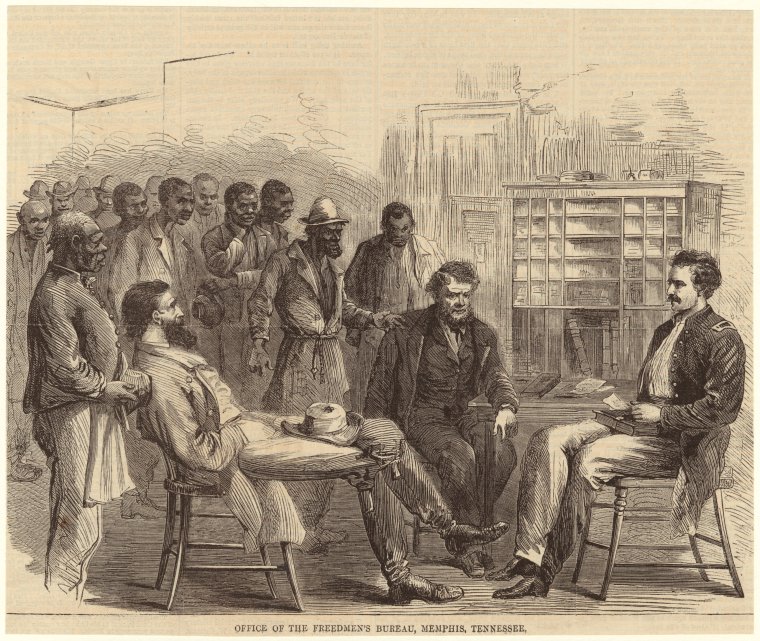On January 7, 2016, Treasury Secretary Jacob Lew renamed the "Treasury Annex," the Freedman's Bank Building. The Treasury Annex, was erected on the original site of the Freedman's Bank Building in Washington, DC. As such, Secretary Lew thought it fitting to rename the Treasury Building after the sesquicentennial of the founding of the Bank.
Preface
The Freedman's Savings and Trust Company was a private corporation chartered by an act of the U.S. Government signed in 1865 by President Abraham Lincoln. It was created to help develop the newly freed African Americans as they endeavored to become financially stable. Originally, the bank was headquartered in New York, but later moved to Washington, DC. Eventually, there were 37 locations across 17 states.
After a year of research commencing in 2015, the Cleveland Federal Reserve Bank created and launched a series of panels, regarding the Freedman's Bank in 2016. This was done largely to celebrate the sesquicentennial of the bank's charter year of 1865. In the 1860s, there was little opportunity for African Americans to amass enough wealth to bank. There is a connection today in that there is still a large population of people of color that are the unbanked for various reasons. It was important for the Cleveland Federal Reserve Bank to showcase the success (albeit temporary) of the Freedman's bank and the amount of wealth freed slaves contributed to the economy.
Treasury acknowledges the generosity of the CFRB in sharing the online exhibit regarding the Freedman's Bank Building. In addition, the Department acknowledges John Hope Bryant, a visionary who advocated to rename the building.
The End of Slavery and the Birth of the Freedman’s Bank
With the passage of the 13th Amendment and the end of the Civil War in 1865, slavery was finally abolished in the United States. The practice had existed on the American continent for more than 200 years.
Almost overnight, nearly 4 million African American men, women, and children were free. With the South in ruins, they faced disorder and danger. Most had no home, no money, and no work. Their relatives were scattered all over the country and nearly impossible to find.
To address the needs of the newly freed slaves, the U.S. government created the Bureau of Refugees, Freedmen, and Abandoned Lands. Commonly known as “the Freedmen’s Bureau,” it provided food, housing, and medical aid to tens of thousands of freed slaves. It located relatives and reunited families, and it helped to establish schools all across the South for African Americans.
Meanwhile, a group of missionaries, abolitionists, and businessmen saw that African Americans would need support and education to become financially secure. The group worked to create a savings bank for former slaves, African American veterans, and their families. In 1865, they succeeded. The Freedman’s Savings and Trust Company, often called “the Freedman’s Bank,” opened for business.


